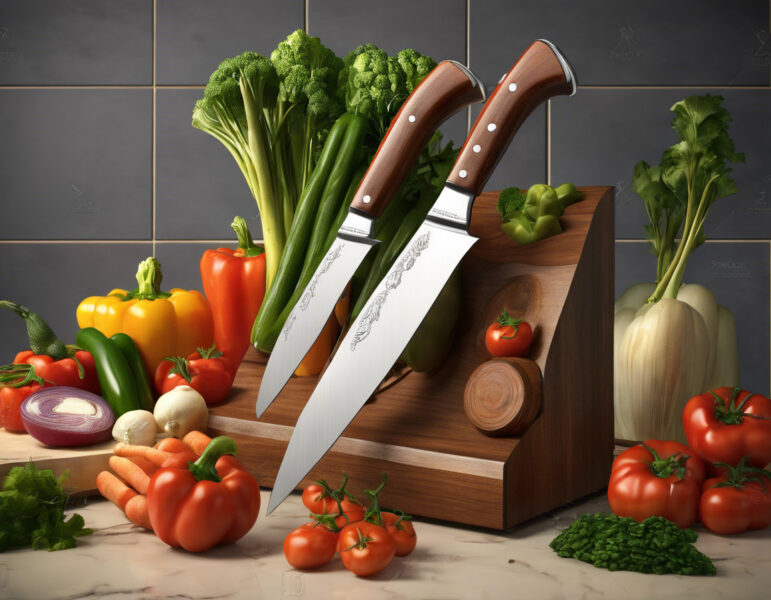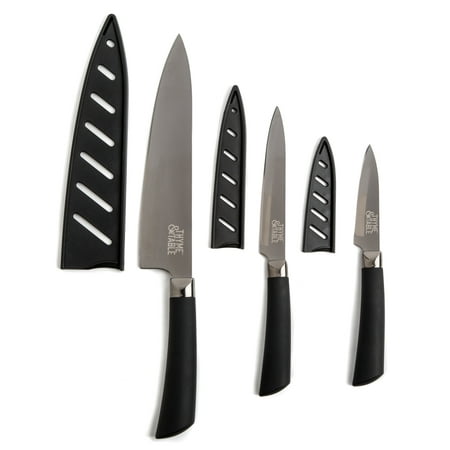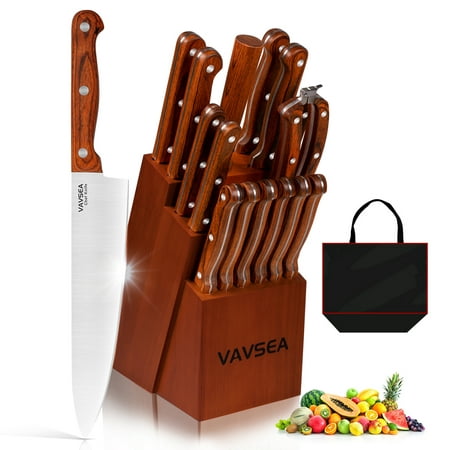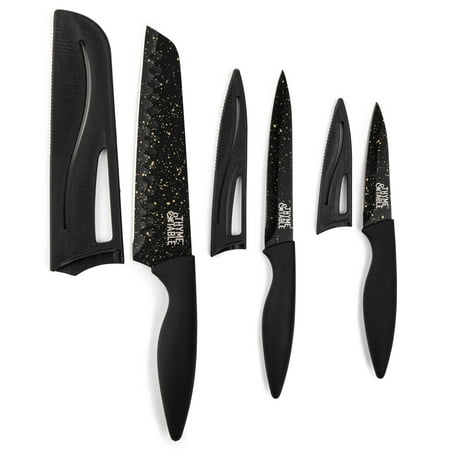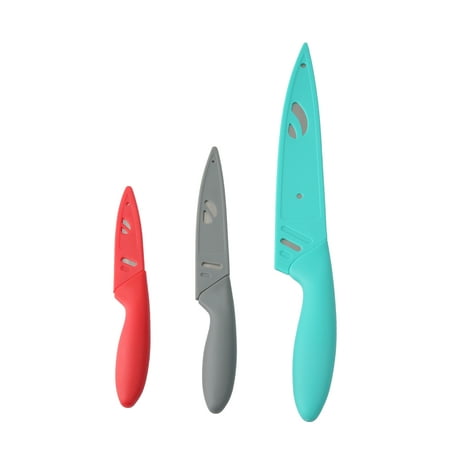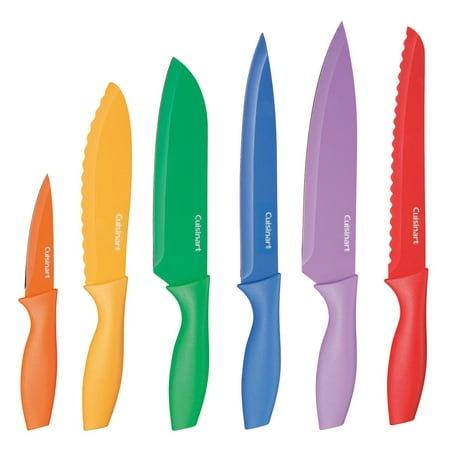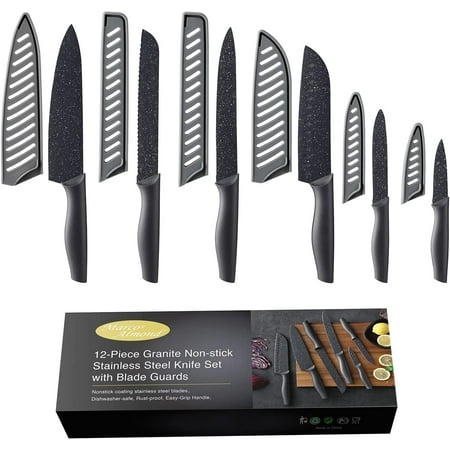Don't miss the Amazon Live Deals offer - OFFER!
Don't miss the Amazon Live Deals offer - OFFER!
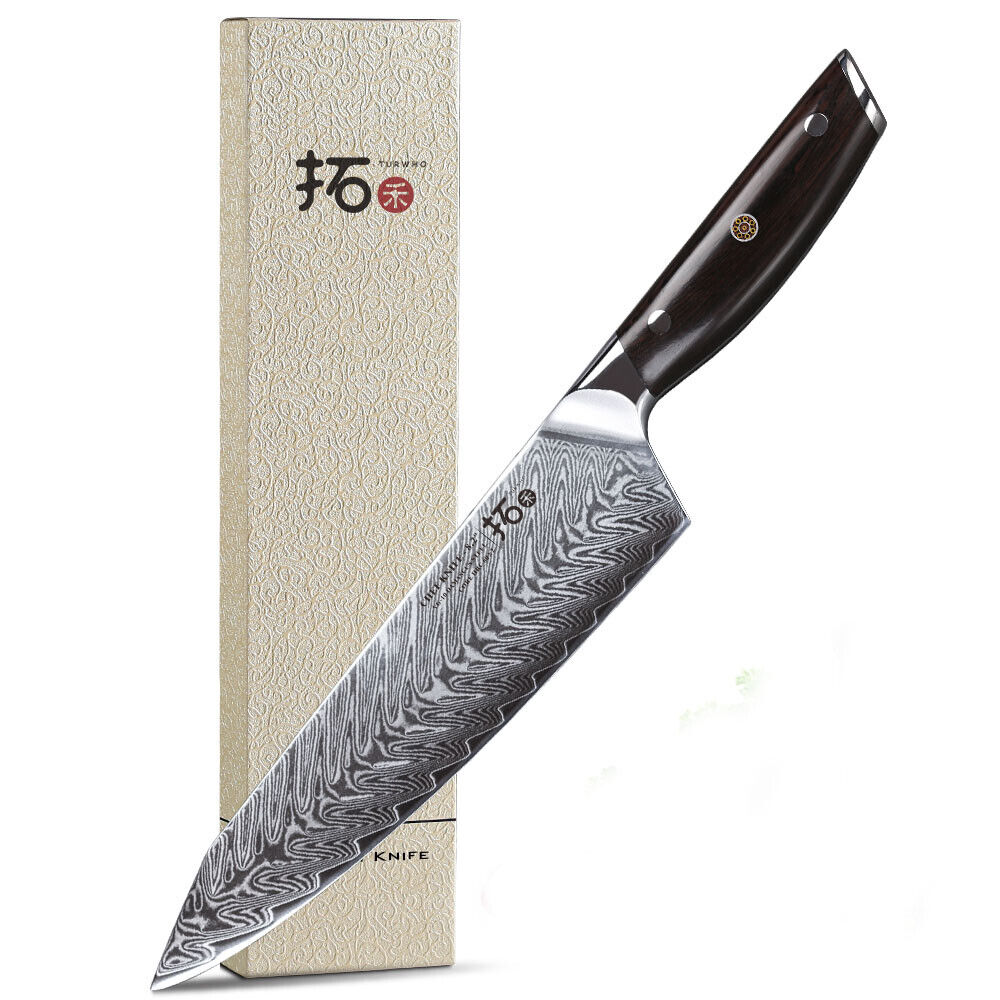
A Remarkable Evolution of Kitchen Knives: A Slice of History
Modern Knives
In this article, we look at the history of knives and how they are used today. The article describes the different types of knives available and their features. It also provides information on properly caring for and using your knives.
Introduction:
Ubiquitous in every culinary culture, kitchen knives have a fascinating history that often goes unnoticed. From their humble beginnings as primitive flint tools to the meticulously crafted blades of today, these utensils have undergone significant evolution. In this blog post, we will embark on a captivating journey to uncover the historical significance and evolution of kitchen knives.
Origins and Types of Kitchen Knives:
FAQs
Kitchen knives have been essential to human civilization for thousands of years. The earliest evidence of knife usage for food preparation dates back to prehistoric times when our ancestors used basic stone tools. These early knives, shaped for versatility rather than specific tasks, played a crucial role in hunting, gathering, and ultimately transforming raw ingredients into meals.
As civilizations progressed, different cultures developed distinct types of kitchen knives for specialized uses. The cleaver, originating in China during the Zhou Dynasty (1046-256 BCE), was designed for heavy chopping and butchering tasks. Meanwhile, the Japanese kitchen knife, which evolved from traditional Samurai swords, exhibits a unique blend of artistry and exceptional sharpness, making it perfect for precision cutting and delicate tasks such as filleting fish.
Evolution and Advancements:
During the Middle Ages, knifemaking entered a new era with the advent of iron and steel. Blades became more durable, efficient, and refined in their designs. This era also witnessed the rise of professional chefs, fueling the demand for specialized knives suited to specific culinary tasks.
One notable advancement was the introduction of the bolster, a thickening of the blade near the handle. The bolster provided better control and balance, reducing the risk of accidental slippage while handling the knife. This innovation became a standard feature in modern kitchen knives, ensuring chef’s safety and enhancing their cutting precision.
Industrial Revolution and Modern Manufacturing Techniques:
The Industrial Revolution in the 18th and 19th centuries brought significant transformations to the world of kitchen knives. The advent of machinery allowed for mass production, making knives more accessible to the general public. As a result, culinary techniques and utensil preferences rapidly spread, blurring cultural boundaries.
Moreover, the refinement of metallurgical processes led to the development of high-grade stainless steel, revolutionizing knife manufacturing. This innovative material reduced rusting, increased strength, and improved edge retention, making kitchen knives more efficient and durable.
Cultural and Culinary Influences:
Cultural and culinary influences have played a pivotal role in shaping the evolution of kitchen knives throughout history. Each region boasts unique traditions, ingredients, and cooking techniques that have led to the creation of specialized knives. For instance, the Santoku knife, a versatile Japanese knife, embodies the culinary principles of precision, balance, and elegance. Conversely, the Western chef’s knife, with its heavy-duty blade and curved edge, reflects the European emphasis on robustness and versatility.
Notable Events and Trends:
Over the years, several noteworthy events have impacted the evolution of kitchen knives. In the 20th century, the rise of professional kitchens and cooking shows fueled a surge in interest in high-quality knives. This demand led to the rise of renowned knifemakers and brands known for their exceptional craftsmanship and cutting-edge designs.
Additionally, the emergence of molecular gastronomy and fusion cuisine in recent years has demanded unconventional knife shapes, like precision tweezers and scalloped-edge knives, to achieve intricate plating and experimental techniques.
Conclusion:
From humble flint tools to precision-crafted blades, kitchen knives’ historical significance and evolution highlight humanity’s deep-rooted relationship with food and culinary artistry. By exploring pioneers, advancements in manufacturing techniques, and cultural influences, we gain an appreciation for these remarkable tools that have both served and sculpted our gastronomic history. Next time you wield a kitchen knife, ponder its magnificent journey through time, a silent testament to the ingenuity and artistry of human hands.






